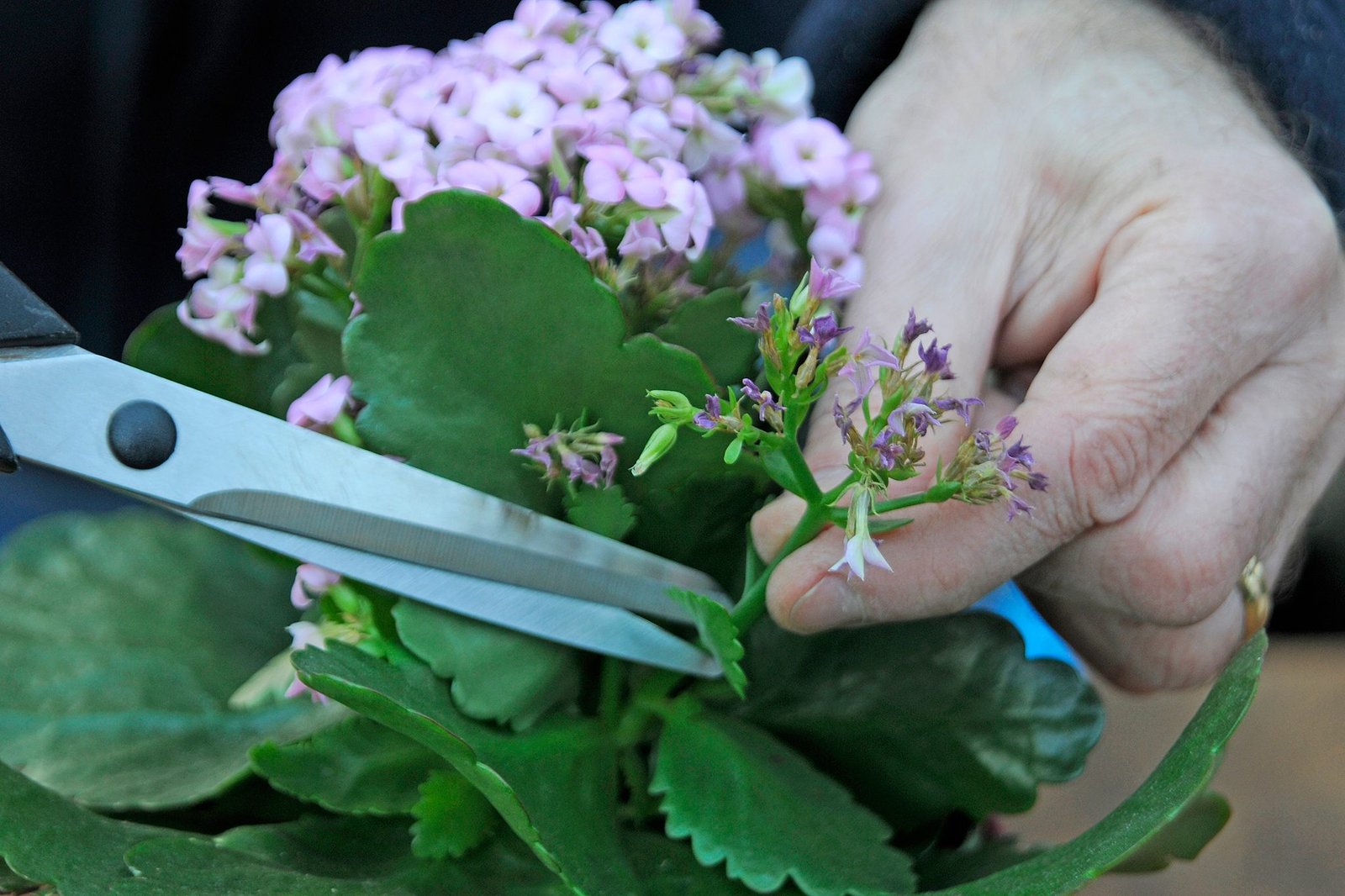
Learn how to grow Kalanchoe with our expert guide. Get tips on light, watering, soil, and care to ensure your Kalanchoe thrives and blooms beautifully.
Kalanchoe:

Kalanchoes are succulent plants known for their colorful, miniature blooms – in particular Kalanchoe blossfeldiana, commonly referred to as Flaming Katy or Panda Plant or widow’s thrill is one of the most well-known varieties, popular houseplants boasting vibrant hues such as red, magenta, yellow, orange and white hues in its flowers.
Kalanchoe blossfeldiana is named for Robert Blossfeld, who discovered them in Madagascar. Growing in arid environments means they don’t require much watering, and flower for about eight weeks without much upkeep required from their owners. As gifts, they’re also widely available throughout supermarkets, garden centers, florists, or supermarkets. Once flowered many people throw them away without even giving it another thought but these plants may rebloom again with effort!
Calandiva(r) blooms offer long-lasting, slightly larger double flowers with wide availability. Their offspring were originally developed from Kalanchoe blossfeldiana.
Where to Grow Kalanchoe
Kalanchoes thrive best when grown in full sun. A spot near an east- or west-facing window in summer works well; for winter it should face southward. Be sure the temperature stays above 10o C!
How to Plant a Kalanchoe
Your kalanchoe will thrive in its original container as long as you plan to discard it once its flowers have faded. However for longer-term cultivation or if you want a different variety, plant into a slightly larger pot with drainage holes and add peat-free multipurpose compost, houseplant compost or cactus soil; vermiculite, perlite or horticultural grit could help. Ensure free drainage; add fresh peat-free multipurpose compost or houseplant/cactus soil. Make sure all excess water has drained away before adding water.
Care for Kalanchoes
Kalanchoes are low-maintenance plants and require only occasional watering; just water when the top few centimeters of compost are dry and less frequently during winter months to allow any excess to drain off quickly. You should feed once every month during the spring and summer seasons. Any dead flowers should also be removed when they begin to fade.
Allow these cuttings to dry for several days before placing them in small pots filled with either cactus or house plant compost and watering in.
How to Get a Kalanchoe Flowering Again

Although it may require more effort than expected, getting your kalanchoe to bloom again can be done successfully. As they are short-day plants that require rest periods between short days and long nights to produce buds naturally start around February – you can manipulate this natural tendency by giving only 8 or 9 hours of daylight per day for at least a month and watering sparingly until two months later You should see flower buds begin growing back and resume watering and feeding normally again.
Growing Kalanchoe: Solving Your Issues
Brown patches on leaves could be due to sunburn; if this occurs with your plant, move it out of direct sunlight immediately.
Kalanchoe leaves are sometimes susceptible to becoming red when exposed to direct sunlight; this should not cause concern, though you will need to move it if any sign of sunburn appears.
If your kalanchoe has become wilting, it could have become too cold, so move it to a warmer area free of drafts and draughty conditions. Your plant could also have been underwatered or overwatered so examine its watering schedule accordingly.
Plants suffering from stem rot due to overwatering should be removed immediately and allowed to dry before rewatering again. If this occurs, remove affected sections and let compost dry out completely before watering again.
Varieties of Kalanchoe to Grow:
Kalanchoe hexangular (frilly succulent with large, frilly leaves adorned with red edges) and Kalanchoe thyrsiflora (paddle plant) are two strikingly beautiful succulent species with scalloped, red-edged leaves.
Kalanchoe pinnata (cathedral bells) is known as a miracle leaf plant due to the way its leaves produce new plantlets on their edges, which can then easily be propagated and propagated further to make new plants. Additionally, an upright version known as Kalanchoe ‘Magic Bells’ stands with cascades of green-coloured tubular flowers known as cascading blooms.
Kalanchoe pumila (flower dust plant) features white leaves with serrated edges, producing bright pink blooms during the summer.
FAQs
Q1. Can you grow kalanchoe from cuttings?
Yes, you can grow from leaf cutting.
Q2. Does kalanchoe need sunlight?
Yes, kalanchoe needs bright and indirect sunlight.
Q3. How do I get a Kalanchoe to bloom again?
In order to bloom your Kalanchoe again:
- Provide bright light,
- Reduce watering after flowering, and
- Give it a rest period with shorter daylight hours.
